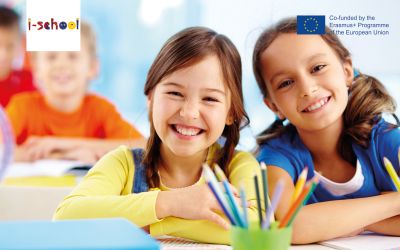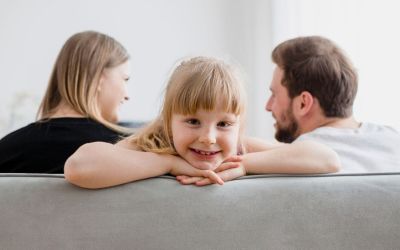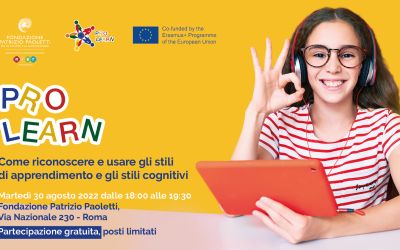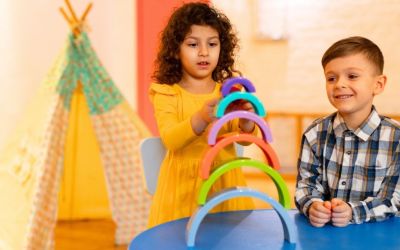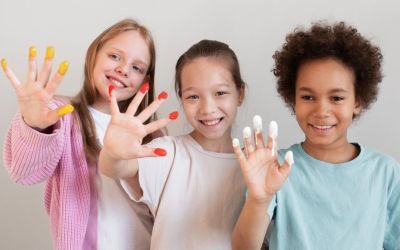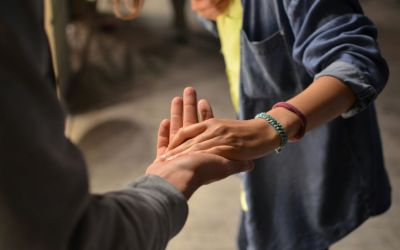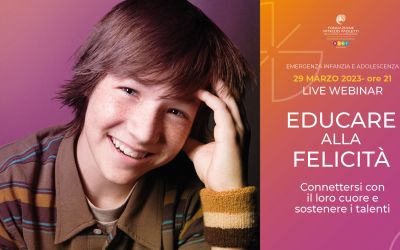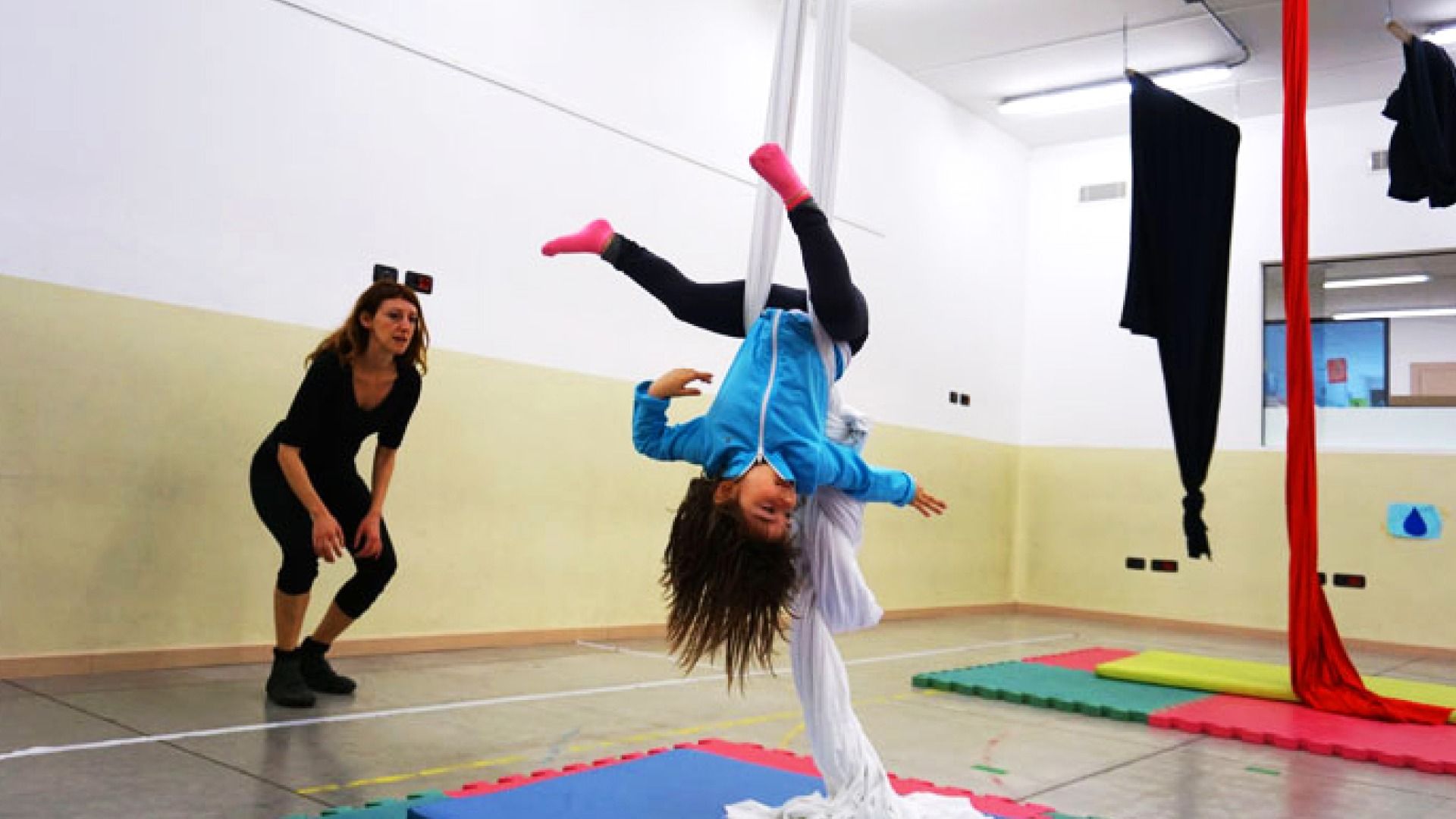
Muoviamoci! Il movimento come parte integrante dell’apprendimento
Da Montessori ad AIS… e qualche consiglio per genitori ed educatori
Rispetto alla funzione cognitiva del movimento come in molti altri ambiti, Maria Montessori è stata una grande anticipatrice. La grande pedagogista ci insegna che dal momento della nascita il bambino impara attraverso il movimento. È un dato di fatto oggi confermato dalle neuroscienzeIl cervello umano è una delle strutture più complesse e af... Leggi. Secondo Rizzolatti e Sinigaglia, i circuiti relativi alla rappresentazione dello spazio e del movimento all’interno di esso siano tra i primi a svilupparsi e costituiscano la base dei processi cognitivi superiori.
Dopo i primissimi anni, anche a scuola, attraverso l’utilizzo della manipolazione dei materiali montessoriani e il lavoro interattivo di gruppo, i bambini continuano ad imparare grazie al movimento. Si spostano, interpretano ruoli differenti, prendono il materiale, riordinano, puliscono… Non solo il movimento aiuta la coordinazione oculo-manuale e la motricità fine, ma permette l’esplorazione del mondo, un utilizzo migliore dei sensi e delle capacità pratiche, ed ancora sane abitudini nell’addormentamento. Unire la memorizzazione di concetti e contenuti al movimento, al giocoIl gioco non è solo un'attività di svago, ma un elemento f... Leggi, facilita l’apprendimento, produce motivazioneLa motivazione: un punto di vista scientifico La motivazione... Leggi e associa i contenuti studiati a situazioni piacevoli che stimolano interesse e curiositàLa curiosità è un'emozione fondamentale che si manifesta c... Leggi.
Per esempio, memorizzare le tabelline o i verbi saltando la corda, giocando con l’elastico, lanciando la palla al canestro, elimina la noiaDefinizione neuroscientifica e psicologica La noia è un'emo... Leggi dell’apprendimento mnemonico, stimola la gioia di imparare divertendosi.

IL CERVELLO DEL BAMBINO
Scopri come si sviluppa il cervello dei bambini nelle varie età.
"*" indica i campi obbligatori
Secondo Jaak Panksepp, psicobiologo e ricercatore in neuroscienze presso la Washington State University, il gioco attiva fattori di crescita neuronale e stimola lo sviluppo di alcune zone del cervello, soprattutto la subcorteccia cerebrale. Interviene nell’elaborazione delle risposte sensoriali-motorie (gestite dal cervellettoIl cervelletto è una struttura composta da due emisferi cer... Leggi) e delle memorie emotive implicite (area limbica). Tutto questo, a sua volta, ha un impatto sullo sviluppo di quella responsività automatica all’ambiente che ciascun individuo definisce nei primi anni di vita e andrà poi a determinare il personale “colore percettivo”, con cui filtrerà le esperienze future.
L’attività di circa 1/3 dei 1.200 geni presenti nella corteccia frontale e posteriore del cervello si modifica significativamente nell’ora seguente a una sessione di attività ludica di 30 minuti. I cambiamenti che ne scaturiscono facilitano la gestione emozionale, la sensibilità sociale. Apprendendo i naturali schemi motori del gioco fisico, si ottimizzano anche altre capacità mentali come quelle mnemoniche, visuo-spaziali e il pensiero matematico, come emerge anche dalle ricerche effettuate dal RINED, l’istituto di ricerca di Fondazione Patrizio Paoletti, sulla meditazione in movimento chiamata Quadrato Motor Training.
Imparare divertendosi lasciandoci andare anche ad una coinvolgente e partecipata risata, ricordiamo che ossigena anche il nostro cervello, ci mantiene in salute e migliora le relazioni in famiglia.
L’esperienza di AIS – Assisi International School
Nel contesto di AIS, la scuola di Fondazione Patrizio Paoletti che integra Metodo Montessori e Pedagogia per il Terzo Millennio, i bambini imparano gesti ed esercizi ispirati al Pilates, allo YogaQuando si parla di yoga, molti immaginano semplicemente pers... Leggi, alla Ginnastica e alla danza, oltre a pratiche meditative statiche e in movimento. Queste attività, oltre a permettere loro di acquisire la padronanza del proprio corpo, ampliano la percezione dello spazio, in collaborazione con i compagni, acquisiscono e consolidano il senso del ritmo, mettono in gioco tutte quelle capacità coordinative che saranno poi utili, trasversalmente, anche nelle materie curricolari.
In senso relazionale hanno l’opportunità di acquisire competenze legate alla collaborazione e alla percezione gestaltica intesa come più della somma delle parti.
L’educazione fisica diviene, così, un’occasione da un lato per consolidare e sistematizzare parte delle competenze acquisite durante l’anno, dall’altro per poter mettere in atto quella trasversalità dei saperi caratteristica della scuola attiva che si ispira al pragmatismo di Dewey e si declina nell’esperienza montessoriana come massima espressione dell’attivismo italiano.
Dal “contenitore passivo” concepito nell’esperienza educativa, i bambini diventano protagonisti attivi del processo di apprendimento in un intreccio di sviluppo cognitivo e motorio.
I bambini sviluppano le loro capacità cognitive attraverso la percezione di sé nello spazio-tempo e l’esperienza motoria è ciò che li guida e li forma nella costituzione della rappresentazione di sé nello spazio circostante e nel tessuto relazionale di cui fanno parte.
Imparare divertendosi: qualche consiglio per genitori ed educatori secondo PTM
Vediamo insieme come favorire l’apprendimento da ogni cosa e da ogni situazione. Innanzitutto è importante sviluppare una capacità: essere magnetici. Il magnetismo è un’idea che sintetizza bene due ingredienti fondamentali nella relazione educativa: avere un obiettivo chiaro e farsi abitare dall’entusiasmo e dalla gioia che la relazione di amoreL'amore, un'emozione profondamente coinvolgente e significat... Leggi produce. La tua capacità di incuriosire, stimolare, coinvolgere tuo figlio con il divertimentoIl divertimento è un'emozione positiva che nasce dall'inter... Leggi è centrale per condurlo verso la felicitàLa felicità rappresenta uno stato emotivo caratterizzato da... Leggi della conquista di nuove capacità, di un nuovo saper fare.
Secondo Pedagogia per il Terzo MillennioPedagogia per il Terzo Millennio (PTM) è un metodo interdis... Leggi, il sistema pedagogico ideato da Patrizio Paoletti e dalla sua équipe, il primo passo è sempre mettersi in ascolto, dare spazio al bisogno che il bambino manifesta. Ad esempio, se osserviamo che il bambino ha tanta energia e deve muoversi, possiamo provare a ritagliare un momento durante la giornata in cui fare movimento, preparando l’ambiente adatto, sottolineando con entusiasmo la bellezza e l’importanza di poter fare le cose insieme. È importante, infatti, inserire tra le attività, oltre ai bisogni generali di apprendimento dei programmi scolastici, anche momenti di attività di svago, gioco e divertimento!
Il gioco è il modo con cui i bambini esplorano il mondo, contribuendo allo sviluppo delle loro capacità cognitive, psicologiche e sociali. È attraverso di esso che si instaurano le prime relazioni, si esplorano i sentimenti propri ed altrui e si impattano le regole sociali condivise dal gruppo. Un numero crescente di noti professionisti della salute psicologica hanno osservato che anche per gli adulti il gioco è altrettanto importante per la felicità e il benessere mentale, quanto l’amore e il lavoro.
Giocate, piccoli e grandi: il divertimento è la chiave per gestire le emozioniLe emozioni sono risposte psicofisiologiche complesse che ci... Leggi negative e non permettere che ci tolgano energia. E poi ridete, fa bene anche al vostro sistema immunitario!
- Bennett M. P., Lengacher, M. P. (2008), Humor and Laughter May Influence Health: III. Laughter and Health Out-comes. Evidence-Based Complementary and Alternative Medicine. V.5(1), 37-40
- Berk L. et al., D. (2001), Modulation of Neuroimmune Parameters during the Eustress of Humor-associated mirthful laughter, Alternative therapies in health and medicine. 7, 62-75.
- Burgdorf, J., Kroes, R.A., Beinfeld, M.C., Panksepp, J., Moskal, J.R., (2010), Uncovering the molecular basis of positive affect using rough-and-tumble play in rats: a role for insulin-like growth factor. 168(3), 769-77.
- Erikson, E.H. (1977), Toys and Reasons: Stages in the Ritualization of Experience, New York. W.W. Norton & Company
- Gordon, T. (2014), Genitori efficaci. Educare figli responsabili, La Meridiana, Bari
- Hunaid Hasan, T. F. (2009), Laugh Yourself into a Healthier Person: A Cross Cultural Analysis of the Effects of Varying Levels of Laughter on Health, International Journal of Medical Sciences.6(4): 200–211.
- Lebowitz K.R., Suh S., Diaz P.T., Emery C.F. (2011). Effects of humor and laughter on psychological functioning, quality of life, health status, and pulmonatu functioning among patients with chronic obstructive pulmonary disease: A preliminary investigation. Heart Lung. Jul-Aug. 40(4):310-9
- Liss, J.K. (2000), L’apprendimento attivo. Imparare cose essenziali , Armando Editore, Roma
- Miller, M., Fry, W.F. (2009). The Effect of Mirthful Laughter on the Human Cardiovascular System, Medical Hypotheses. Nov. 73(5):636-9
- Oliverio Ferraris, A. (2018), Prova con una storia. I racconti giusti per rispondere alle grandi domande dei bambini, BUR Biblioteca Universale Rizzoli
- Panksepp, J., & Burgdorf, J. (2010). Laughing Rats? Playful Tickling Arouses High-Frequency Ultrasonic Chirping in Young Rodents. American Journal of Play, 2(3), 357-372.
- Panksepp, J., Biven, L. (2012), The Archaeology of Mind: Neuroevolutionary Origins of Human Emotion, New York: W. W. Norton & Company.
- Paoletti, P., Selvaggio, A. (2012) Mediazione. Quaderni di PedagogiaPer capire cos’è la pedagogia, diamo una definizione di q... Leggi per il Terzo Millennio, Edizioni 3P.
- Reddy, Linda A. Files-Hall, Tara M. Schaefer, Charles E. Announcing Empirically Based Play Interventions for Children, https://psycnet.apa.org/record/2005-02330-001
- Rizzolatti, G., & Sinigaglia, C. (2006). So quel che fai: il cervello che agisce ei neuroni specchioI neuroni specchio rappresentano una delle scoperte più imp... Leggi. Milano: R. Cortina.
- Schaefer, C. E. (1993). The therapeutic powers of play, Jason Aronson. American Psychological Association. https://psycnet.apa.org/record/1993-97847-000
- Schaefer, C. E. (1993). The therapeutic powers of play. Jason Aronson.
Sii parte del cambiamento. Condividere responsabilmente contenuti è un gesto che significa sostenibilità
Alleniamo l'intelligenza emotivaLa prima definizione di Intelligenza Emotiva in quanto tale ... Leggi: che emozione ti suscita questo articolo?
